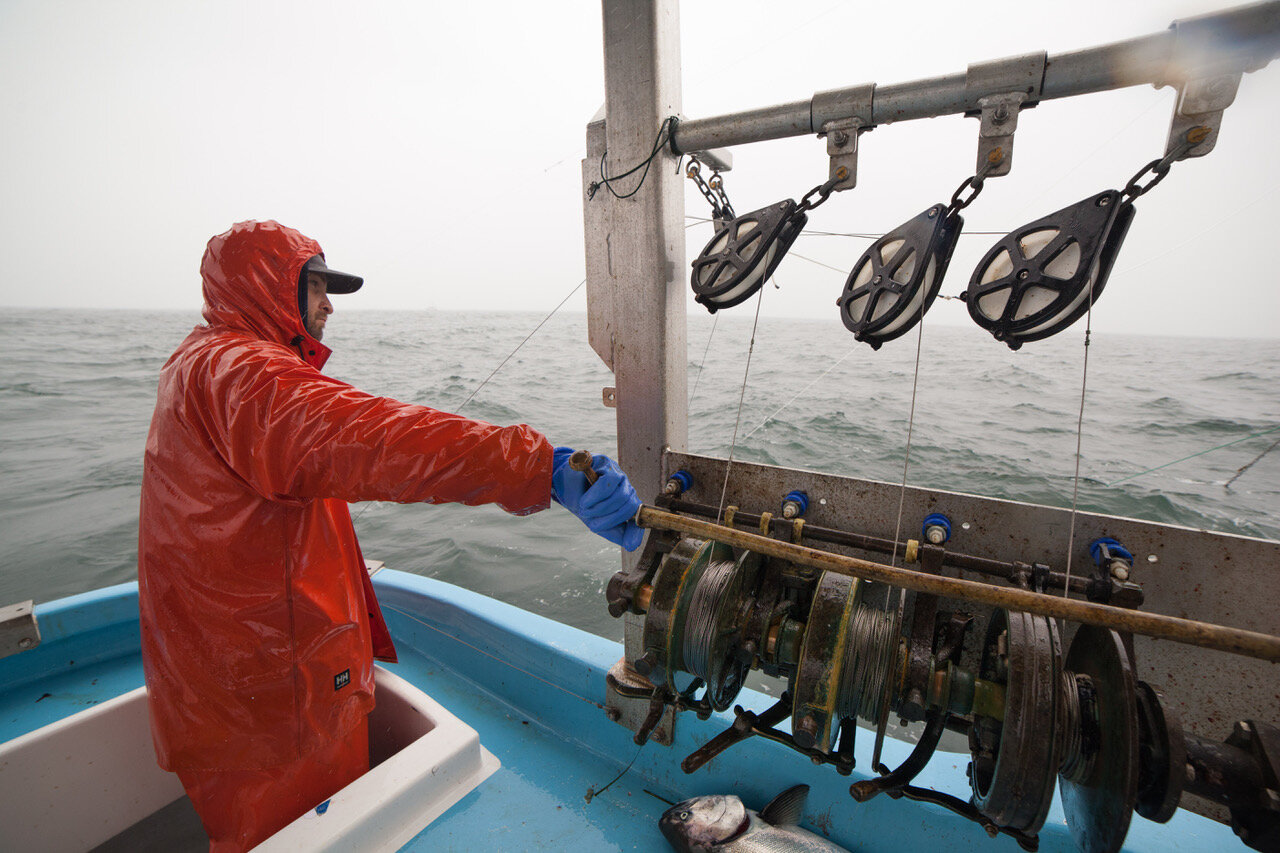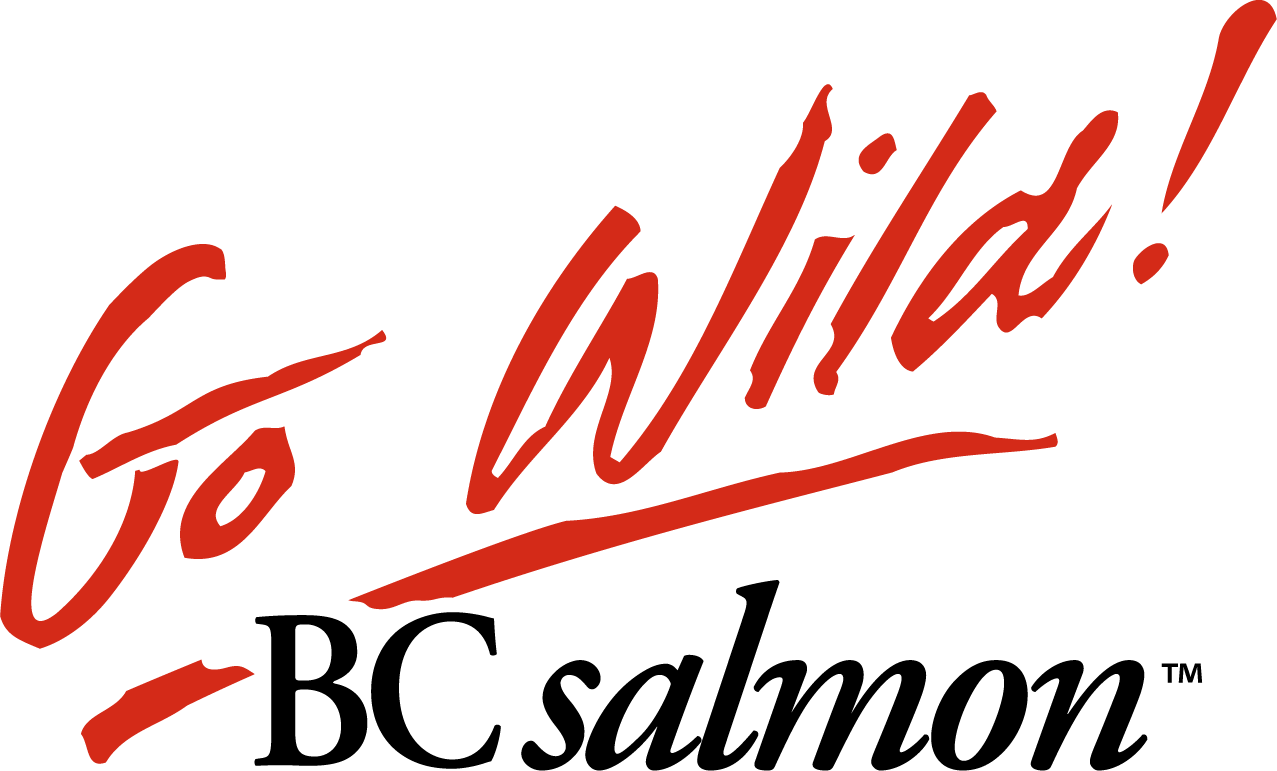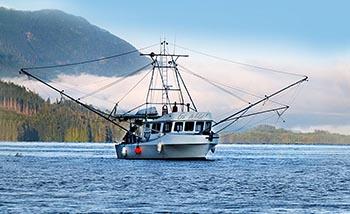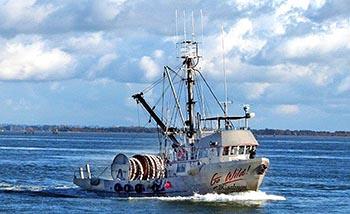
HOW WE FISH
Wild BC salmon is primarily harvested using three fishing methods that continue to be developed to provide the best quality of fish, protect the natural environment and also ensure a sustainable resource.
Wild BC salmon is bled, cleaned, and partially processed on many commercial BC fishing boats – mainly trollers and gillnetters - as soon as it is caught.
TROLLING AND GILLNETTING
SEINING
TROLLING
Trollers use hooks and lines with different lures to catch the various salmon species. The lines are spread out on long poles that extend over the side of the boats. The type of lure, the way they are arranged, boat speed, water depth, and the use of on-board electronic systems and most importantly a fishermen’s experience are used to locate and identify salmon, enable trollers to target only the desired species. Caught fish are reeled in one-by-one, often dressed (gills and entrails removed) on-board and iced or quick frozen. Some trollers are equipped to produce top quality FAS (frozen-at-sea) salmon to meet market demand year round.
Trollers harvest all five species of wild BC salmon and account for about 25% of the total commercial harvest.
GILLNETTING
Gillnets are attached to small boats, situated mainly at the mouth of, or in BC’s rivers, and are continually tended. In this method, the salmon swim towards the nets and become trapped by their gills. The nets, regulated by length, depth and mesh size, are set close to the shore and hauled frequently to collect the salmon. The mesh size and the way the nets are suspended allow the fishermen to selectively harvest any species or size of salmon.
While gillnetters harvest all species of wild BC salmon, they mainly catch sockeye and chum salmon in coastal rivers and account for about 25% of the total commercial harvest.
SEINING
Seine boats use large nets to encircle the fish before closing the bottom of the net (pursing) and then gently scooping the fish out with a smaller dip net (brailing). Non-target species can be identified and released unharmed when brailed.
Seiners catch mainly sockeye, pink and chum salmon and they account for about 50% of the total commercial harvest.






